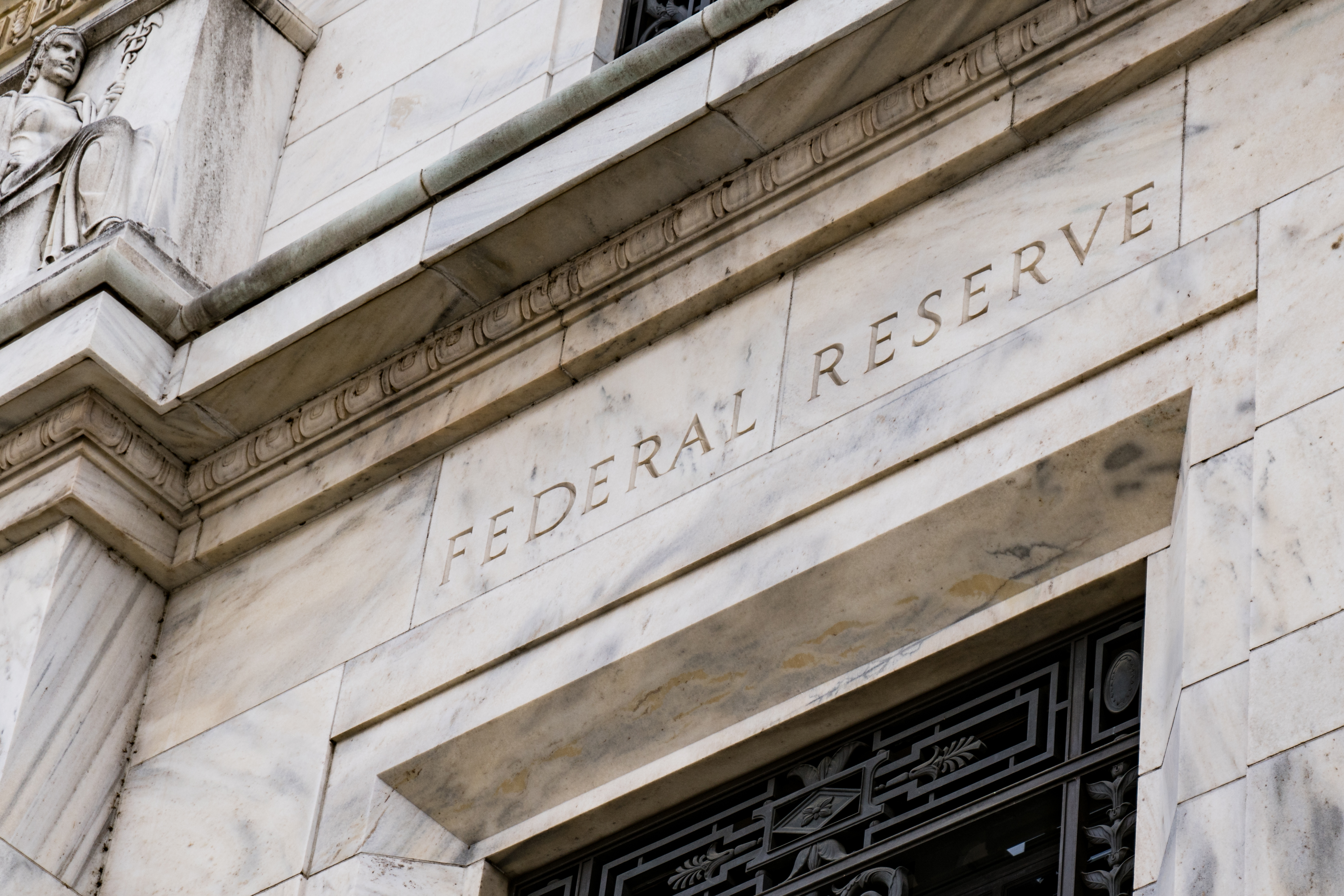How inflation, US treasury bond yield rates and the stock market impact each other
The last week has been filled with news about US inflation and the minutes of another important Federal Reserve meeting. The result?
US Treasury yields went up and the S&P tech stocks went down, at least for a short while. How are these events connected and why was much of this triggered by inflation concerns?
News of a 7% inflation rate in December 2021 has caused raised eyebrows across the globe. There are increasingly loud concerns are that the US Federal Reserve is behind the curve and we could be heading for recessionary measures.
The Federal Reserve Balance Sheet
In response to COVID-19, the Federal Reserve went on a massive spending spree in 2020 and increased its balance sheet to US 9T. This is in contrast with a balance sheet of 3.77T in September 2019. Historically, this is the biggest injection of money into the US economy and much bigger than what the Federal Reserve did in 2008 in response to the Economic crisis. It was all done to keep companies and the US economy afloat whilst shops were closed and people were ordered to stay at home.
How does the Federal Reserve finance this large-scale spending spree? Through quantitative easing, ie ‘creating new money’. In the past, this would have been done by printing money, but these days it’s ‘digital money’, money that is usually credited to the bank accounts of large banks or the US Treasury and thus enters the economy and can cause inflation.
Which assets does the Federal Reserve buy?
What assets has the Federal Reserve been buying? A large portion of its assets has always been Treasury securities (Treasury bills, notes and bonds). But since the pandemic started the Federal Reserve also increased its holdings of federal agency debt, corporate bonds and mortgage-backed securities.
The impact on US Treasury securities
Whilst the focus of the Federal Reserve meeting is often directed at what they are doing with the Federal Reserve interest rate, US Treasury Securities also have a significant impact on the different rates of credit that filter down the economy and can impact the markets.
US Treasury securities come at different maturities and for different lengths of time and the Federal Reserve is its largest buyer and seller. Short-term securities are called bills (52 weeks or less), Treasury Notes mature in two to ten years and a Treasury bond takes 20-30 years to mature. The more securities are for sale with a so-so economic outlook less attractive they are to investors. Why invest in Treasury securities if you can make eye-watering amounts buying cryptocurrencies or tech stocks?
One of the most important averages that has an impact on everything from your mortgage rate to the value of securities is the infamous Treasury yield rate. This yield rate is an average calculated based on medium (2-5 years) to long-term bonds (10-30 years) and has wide implications for the markets. The 10-year yield rate is used as a baseline for 30-year mortgage rates and is often used as a strong indicator of investor confidence.
What impact does the bond market have on tech stocks?
If you’re wondering why tech stocks went down after the release of the Federal Reserve minutes the short (and very simplified version) of events looks something like this:
- The Federal Reserve met at the end of December and analysed the economic state of the US as a nation at its board meeting ascertaining that inflation was at a concerning high with little signs of easing off any time soon. So, the decision was announced on the 5th of Jan to stop buying corporate bonds and other assets as it has done in the last two years. Basically read: The Federal Reserve is curbing its spending and looking to start to reduce or ‘contract’ its massively inflated Balance Sheet.
- The minutes also indicated that they are likely to raise interest rates sooner than previously anticipated to curb inflation.
- This raised investor demand for US Treasury bonds pushing up the 10-year yield rate to 1.78% by January 10, 2022.
- As soon as US Treasury bonds rise they are considered a fairly safe and attractive asset that many investors prefer over volatile stocks which means that investors are selling off tech growth stocks and other assets (such as cryptocurrency) and start buying US Treasury securities and value stocks instead.
To understand this a bit better it’s important to understand that a strong bond market tends to be bad news for fast growing tech stocks that focus on future profits. At least for a short while.
Here’s why:
- Higher long-yield bonds indicate higher inflation based on strong economic demand which is seen as a more favourable market condition for value stocks such as energy companies, manufacturers and financial services.
- Higher yields could also mean less profit in the future as growth stocks tend to heavily invest now to provide big profits down the line. Inflation devalues profit forecasts and makes safer assets such as Treasury bonds more attractive.
But, whilst the S&P fell 100 points after the bond market news, it also rebounded just as fast and recovered by regaining 100 points in only 24 hours during Jan 22. So, whilst US Treasury bond news made themselves feel for a short while, the news didn’t hold back investors for very long to buy into sought-after and over-performing tech stocks that have hit their support levels.

